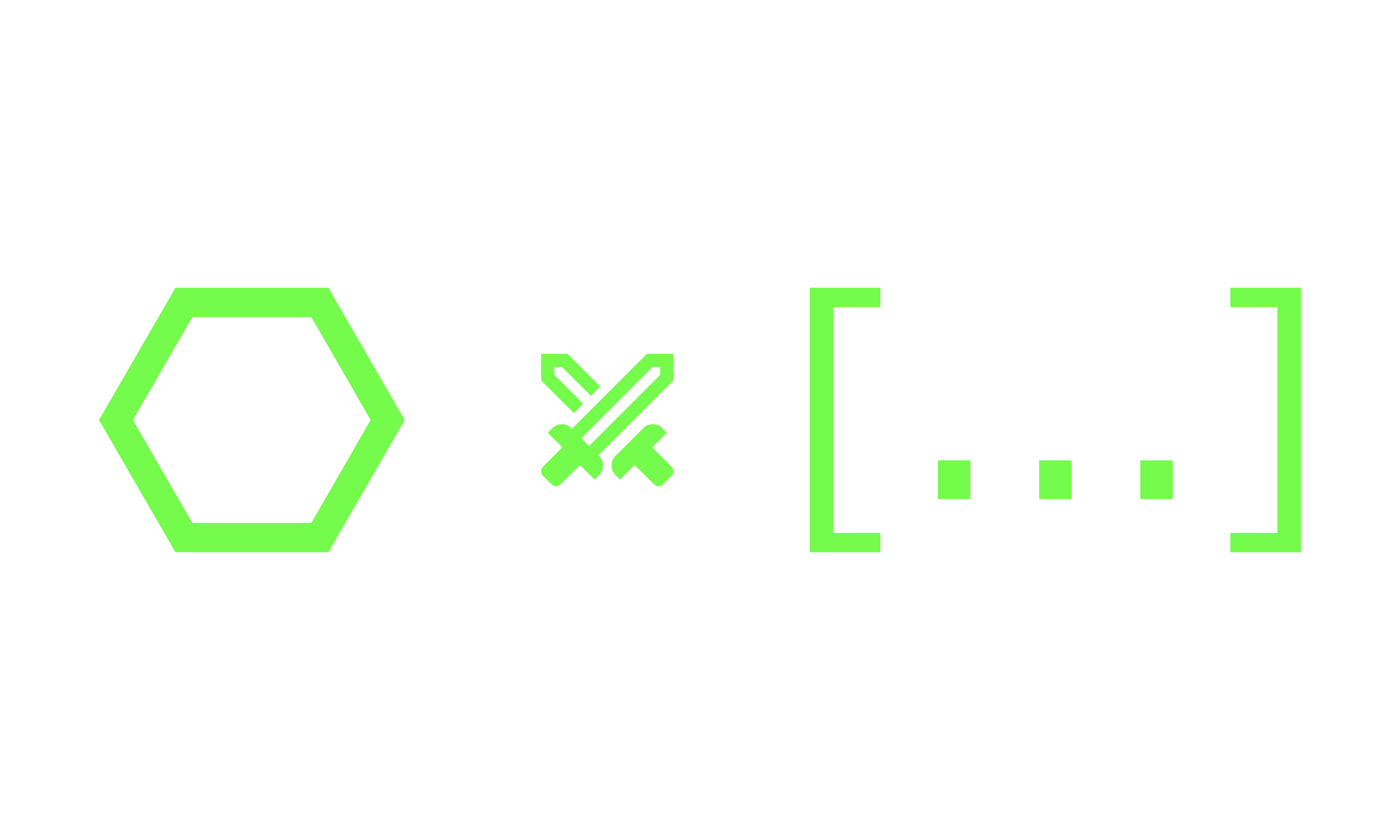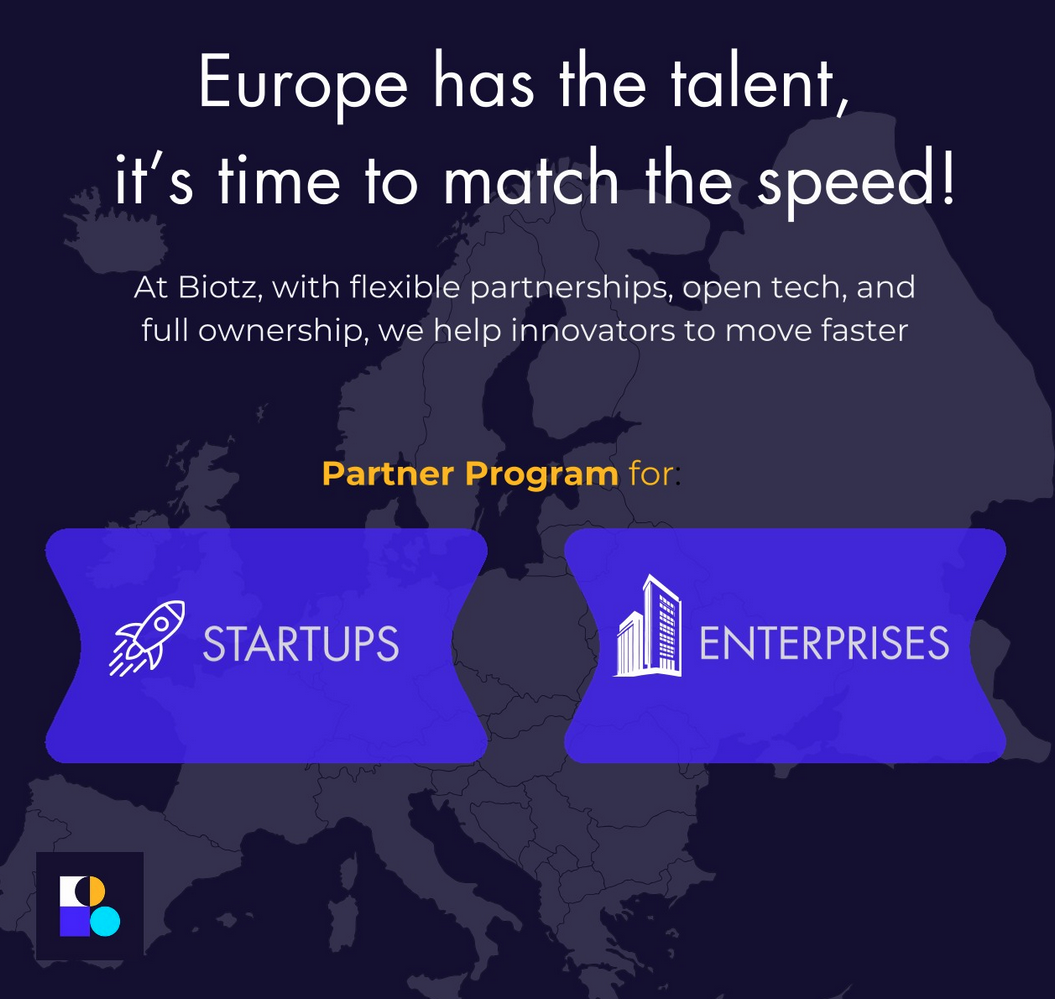Before implementing an IoT project in any company, it's essential to conduct a comprehensive analysis to ensure the success of the project and align it with your business objectives. Specifying your business goals and making a technology assessment, having a data strategy well defined.
From the high level perspective a successful IoT project should help you:
- Reimagine the user experience.
- Generate new value propositions.
- Make better business decisions.
- Increase efficiency and effectiveness.
- Improve revenue margins.
The initial business case for connecting products typically focuses on achieving cost savings, for example, by optimizing service and maintenance. Most companies that have implemented IoT are in this early stage.

Photo by Jani Kaasinen on Unsplash
For many companies, there is an even greater opportunity that lies in creating new business models to build deeper customer relationships, improve the value proposition and increase revenue. One of those ways to redefine the business model is to convert a traditional product into a connected product-as-a-service (IoT model).
In this post, we would like to put focus on the costs involved when a business starts on an IoT journey. Understanding the different types of expenditures will help to make strategic decisions that benefit each unique IoT business.
Let’s delve into how CAPEX and OPEX costs are impacted in the context of IoT deployments.
CAPEX refers to the upfront capital expenditures or investments made by an organization to acquire, develop, or upgrade physical assets or long-term assets. These assets are typically expected to provide benefits to the company over an extended period, usually more than one fiscal year. Examples in IoT:
- Purchasing IoT hardware such as sensors, gateways, and devices.
- Investing in the development or customization of IoT software or applications.
- Building or expanding infrastructure to support IoT deployments (e.g., data centers, networking equipment).
- Acquiring licenses for IoT platforms or software that require a one-time payment.
OPEX refers to the day-to-day, ongoing operating expenses incurred by a business to maintain its operations and generate revenue. These expenses are typically related to the regular, recurring costs of running the business. Examples in IoT:
- Subscription fees for IoT platform services.
- Data connectivity charges for IoT devices.
- Salaries and wages of the team involved in IoT monitoring, support, and management.
- Utility costs (e.g., electricity, internet) associated with running IoT infrastructure.
- Maintenance and repair costs for IoT hardware.
The choice between CAPEX and OPEX for an IoT project depends on various factors, including the financial strategy of the organization and the specific requirements of the project.
- Cash flow: CAPEX requires a significant upfront investment, which can impact cash flow in the short term. OPEX, on the other hand, spreads costs over time, which may be more favorable for businesses with budget constraints.
- Scalability: OPEX may be more flexible for scaling IoT deployments up or down as needed because it doesn't involve significant upfront commitments. CAPEX investments may require careful planning and budgeting for scalability.
- Project Duration: Consider the expected lifespan of IoT assets and the duration of the project. If the IoT deployment is relatively short-term or subject to rapid technology changes, OPEX might be preferable.
- Business Strategy: Align your financial approach with your organization's overall financial strategy. Some companies may prefer CAPEX for asset ownership, while others prioritize cost predictability and opt for OPEX.
These are some of the points a business needs to consider when establishing its strategy for a new IoT project from a cost perspective. Each company has a unique position regarding internal talent capabilities, short and long-term budgeting or IT infrastructure investment planning, and an early internal analysis can go a long way toward the prospects of a new IoT venture.







